photospherix
TPF Noob!
- Joined
- Jun 11, 2008
- Messages
- 106
- Reaction score
- 7
- Location
- Beech Grove, Indiana
- Website
- www.photospherix.com
- Can others edit my Photos
- Photos OK to edit
It seems that I am getting older, I can not see what I could 10 years ago. As of late, I am spending way to much time removing dust from products in post production. I know a better way must exist, but I am looking for thoughts.
How are you Dusting and Cleaning products before photography? Static Brush, Compressed Air, Cloth
How are you Dusting and Cleaning products before photography? Static Brush, Compressed Air, Cloth


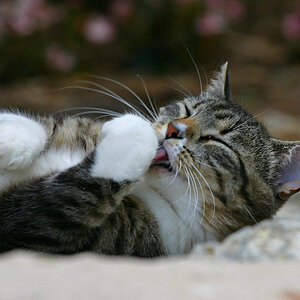
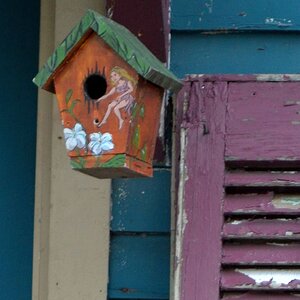
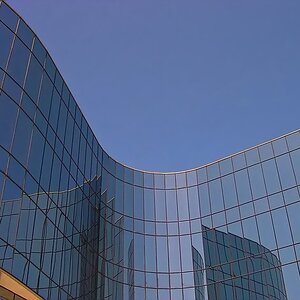
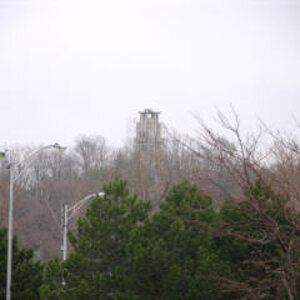
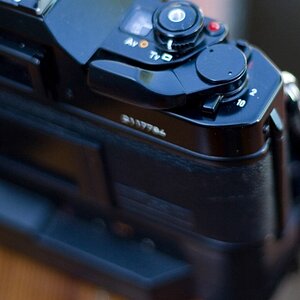

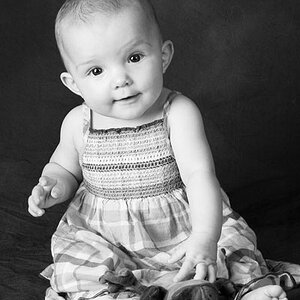


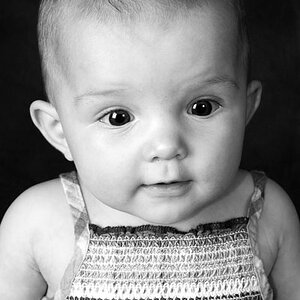
![[No title]](/data/xfmg/thumbnail/31/31977-2b717e032201241cbeae8226af23eba4.jpg?1619735136)
![[No title]](/data/xfmg/thumbnail/32/32180-aee1597d1cfb87ae220637f19420b65b.jpg?1619735235)